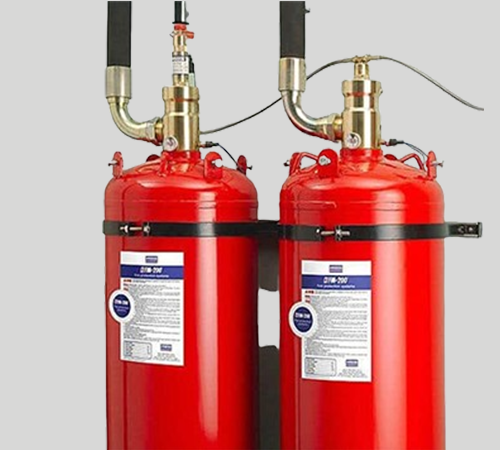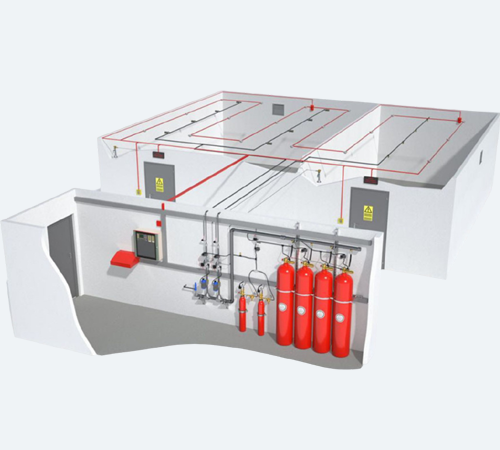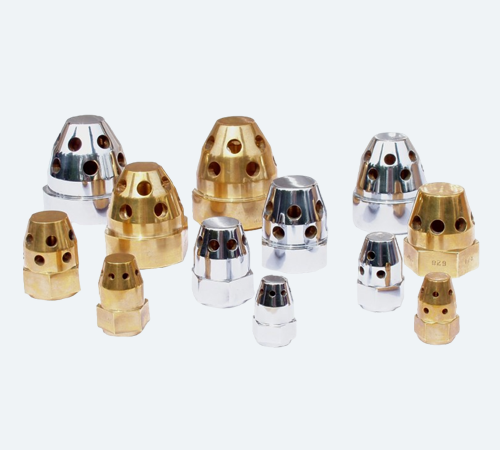
Kitchen Hood Fire Suppression System
Detection: The system uses heat sensors or flame detectors to monitor the kitchen environment. Activation: When a fire is detected, the system automatically activates. Discharge: A fire suppression agent, typically a wet chemical, is discharged through nozzles located in the hood and ductwork. Extinction: The agent smothers the fire, preventing it from spreading. Power Shutoff: In many cases, the system also cuts off power to the cooking equipment to prevent reignition.
Description
Components of the System
Detection devices: Heat sensors or flame detectors
Control panel: Monitors system status and initiates activation
Agent storage tank: Holds the fire suppression agent
Piping and nozzles: Delivers the agent to the fire area
Manual pull station: Allows for manual activation in case of emergency
Benefits of a Kitchen Hood Fire Suppression System:
Rapid fire suppression: Quickly contains and extinguishes fires
Damage prevention: Minimizes damage to equipment, property, and inventory
Employee safety: Protects kitchen staff from fire hazards
Regulatory compliance: Meets industry standards and insurance requirements
Common Fire Suppression Agents: Wet chemical: A water-based agent that creates a foam-like substance to smother the fire.
Similar Products

FM200 Fire Suppression System

Industry Suppression System

FM 200 Fire Suppression System Working Diagram

Fire Supperession System

Nozzel

